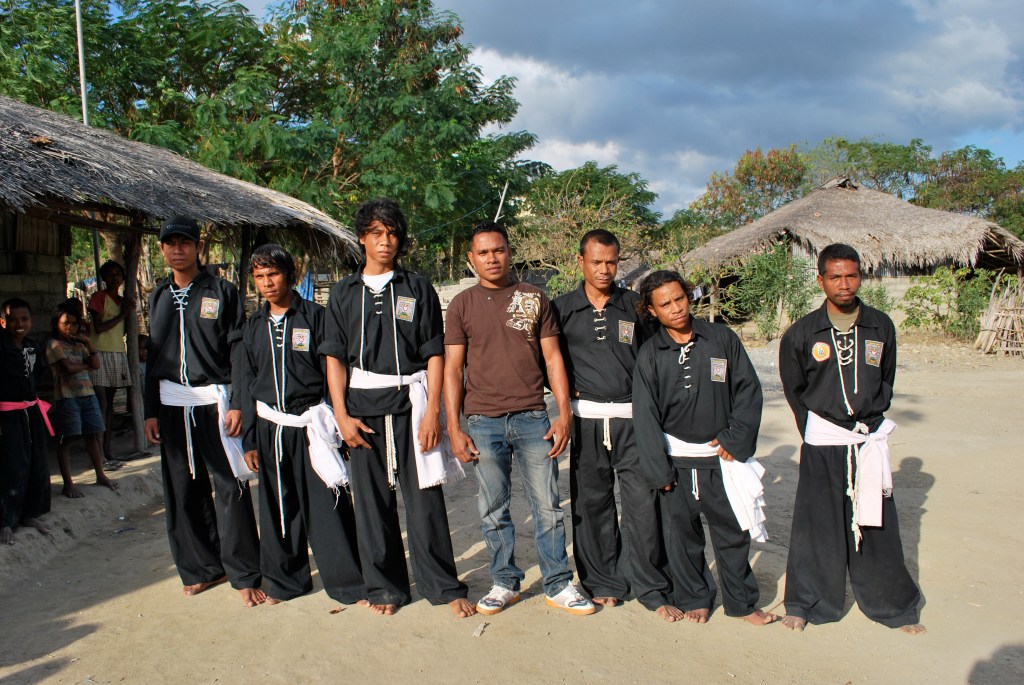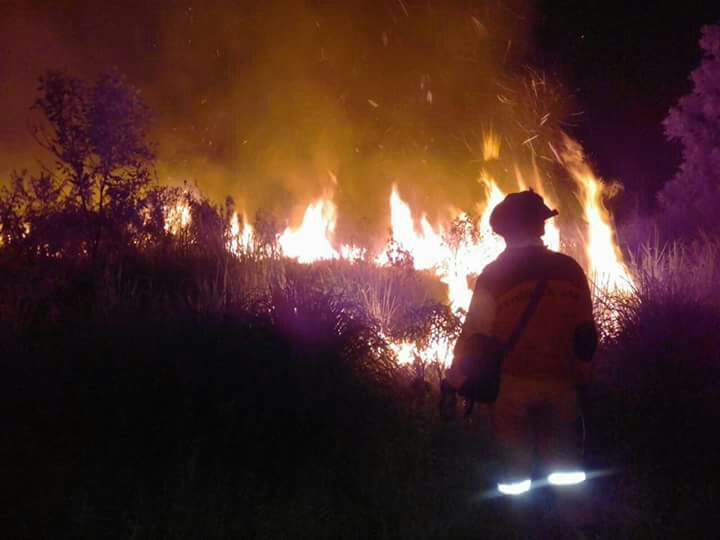Introduction
In the interests of sharing my work with the digital community I’m publishing an initial outline of an action research project that I intend conducting in the first and second terms of 2010. The focus is on issues in the Australian environment, in particular researching and reporting on urban processes. The tools employed are those available on the DER laptops, Microsoft Office and the Adobe CS4 Suite. It’s also intended that the findings be communicated using social media tools such as Delicious, Blogs, or a Wikis. Primary data gathering will employ tools such as basic scientific instruments, cameras, phone cameras, digital video and sound recorders.
Skeletal as this outline is I hope it might provoke comment from those who take the time to read it. I’d be pleased to receive any comment, critical or otherwise.
The project outline
The project will be organised into three stages
Stage 1
This is an introduction to the basic urban processes and morphology drawing on theoretical models and proceeding to a demonstration of urban
• decline
• decay;
• renewal;
• gentrification; and
• consolidation.
Students will access, collect and interpret electronic information using the Internet and the school’s Moodle site to review models, make notes and gather secondary data illustrating aspects of urban structure and process. This part of the program will be introduced with reference to simple land use models and sources of data such as
• Australian Bureau of Statistics ABS) Sydney a Social Atlas 2006
• ABS Community profile statistics
• Google Maps
• Google Street View
Strategies for working with these sources of data will be modelled both in class and as a series of Powerpoint and Captivate presentations that will be posted on Moodle for 24/7 refererence
In this stage, as an ongoing feature of their work, students will be required to
• Maintain a record of all materials studied and collected and create a formatted, multiple-paged document containing web-links to communicate geographical information using applications such as Word, Adobe Portfolio and/or OneNote
• critically analyse a website, including the ethics of the site
• consult and add to a Delicious network using an agreed set of tags
• process information using applications such as Excel and Photoshop
Stage 2
Students will draw on the secondary sources outlined above to prepare their own reports comparing and contrasting the theoretical models of the urban morphology of Sydney and use the sources outlined find examples of urban:
• decline
• decay;
• renewal;
• gentrification; and
• consolidation.
In this stage students will be required to
• Add to their record of all materials using applications such as Adobe Portfolio and/or OneNote
• consult and add to a Delicious network using an agreed set of tags
• process information using applications such as Excel and Photoshop
• design and create a multimedia presentation or web page to communicate geographical information to a particular audience, including maps and diagrams as appropriate using one of more of PowerPoint, Captivate, Dreamweaver (website), a Blog, or a Wiki,
Stage 3
Students will be introduced to the following Research Action Plan model:
Step 1 Identify the aim/purpose of the investigation.
Step 2 Generate a number of focus questions to be addressed by the investigation.
Step 3 Decide which primary and secondary data are needed to answer the focus questions.
Step 4 Identify the techniques that will be used to collect the data.
Step 5 Collect primary and secondary data.
Step 6 Process and analyse the data collected.
Step 7 Select presentation methods to communicate the research findings effectively.
Step 8 Propose individual or group action in response to the research findings and, where appropriate, take such action.
Geography 7 – 10 Syllabus. Board of Studies NSW. June 2003. ISBN 1 7409 98189. p.17
This work will be devolved into five separate phases:
Phase 1
Will involve four separate activities:
• identifying the aim/purpose of the investigation.
• generating focus questions to be addressed by the investigation.
• organising secondary data required to answer the focus questions
• identifying primary data necessary to answer the questions.
• identifying the techniques to be used to collecting the data.
Phase 2
Collecting primary and secondary data.
In this phase a variety of additional tools and resources will be employed including basic scientific instruments, cameras, iPhones, digital video, sound recorders.
Phase 3
Processing and analysing the data collected using Photoshop Elements, Excel, Premier Elements, Audacity.
Phase 4
Presentation and communication of the research findings effectively using one or more of PowerPoint, Captivate, Dreamweaver (website), a Podcast, a Blog, or a Wiki
In the presentations of research findings students will be required to propose individual or group action in response to the findings, making reference to organizations and levels of government concerned.
As part of their School Certificate requirement students will then be required to write a research report under exam conditions – Pen and Paper.




Leave a comment